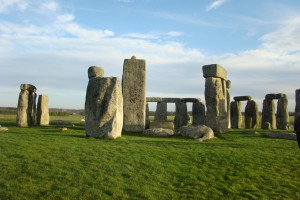 Congratulations to colleagues on the recently funded project “Human Henge: Historic landscapes and mental health at Stonehenge”. This research led by the Restoration Trust. The project has been funded by the Heritage Lottery Fund, English Heritage Trust and Wiltshire County Council and has multiple partners and contributors including Wiltshire County Council, Richmond Fellowship, English Heritage Trust and Bournemouth University. From BU, Prof Tim Darvill (Director Centre of Archaeology, Faculty of Science & Technology) and Dr Vanessa Heaslip (Faculty of Health & Social Sciences) are engaged in this project.
Congratulations to colleagues on the recently funded project “Human Henge: Historic landscapes and mental health at Stonehenge”. This research led by the Restoration Trust. The project has been funded by the Heritage Lottery Fund, English Heritage Trust and Wiltshire County Council and has multiple partners and contributors including Wiltshire County Council, Richmond Fellowship, English Heritage Trust and Bournemouth University. From BU, Prof Tim Darvill (Director Centre of Archaeology, Faculty of Science & Technology) and Dr Vanessa Heaslip (Faculty of Health & Social Sciences) are engaged in this project.
The Human Henge research project is a therapeutic sensory experience of Stonehenge for two facilitated groups, each of up to 16 local people with mental health problems, plus carers, support workers, volunteers and staff. Over ten weekly three-hour sessions, one at night, each group walks the landscape, reaching through time to other humans whose traces are illuminated by accompanying pre-historians, curators and artists. Individual experiences cohere in a shared spoken epic which is augmented from session to session. The groups arrive inside the Stone Circle near the winter solstice and spring equinox; collaborating with their chosen artist, they decide what they do there.
Congratulations!
Prof. Edwin van Teijlingen
CMMPH


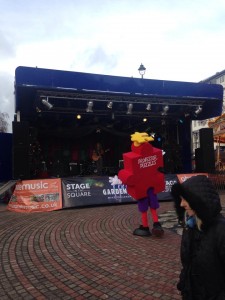
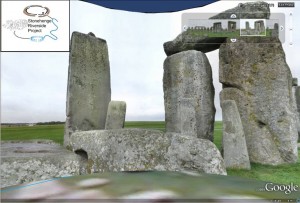
 Today is my first day back in the office after a road trip from Vancouver to Los Angeles, taking in many exciting cities, national parks, activities, etc en route. From spotting killer whales in the San Juan Islands to making the most of tax free shopping in Portland to hydrobiking in Long Beach harbour, I’ve packed in lots of fun! One of the coolest things we did, however, was to go to the
Today is my first day back in the office after a road trip from Vancouver to Los Angeles, taking in many exciting cities, national parks, activities, etc en route. From spotting killer whales in the San Juan Islands to making the most of tax free shopping in Portland to hydrobiking in Long Beach harbour, I’ve packed in lots of fun! One of the coolest things we did, however, was to go to the  The La Brea Tar Pits is one of the world’s most famous fossil localities, recognized for having the largest and most diverse assemblage of extinct Ice Age plants and animals in the world. Whilst I was walking around the museum looking at skeletons of giant sloths and sabretooth tigers, a fossilised mammoth tooth (the size of my head) and a display of 404 dire wolf skulls, I had a eureka! moment. The museum is an excellence example of transparent research that engages the public and results in huge societal impact.
The La Brea Tar Pits is one of the world’s most famous fossil localities, recognized for having the largest and most diverse assemblage of extinct Ice Age plants and animals in the world. Whilst I was walking around the museum looking at skeletons of giant sloths and sabretooth tigers, a fossilised mammoth tooth (the size of my head) and a display of 404 dire wolf skulls, I had a eureka! moment. The museum is an excellence example of transparent research that engages the public and results in huge societal impact.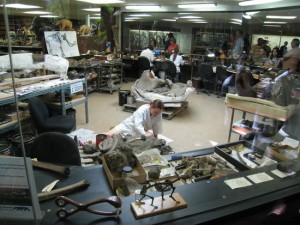
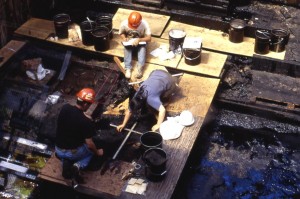
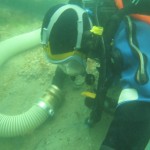 Dave Parham
Dave Parham
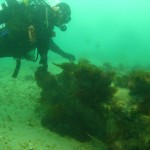 The wreck has been featured on the One Show (6 April 2011) where presenter Dan Snow took part in a dive on the wreck in the mouth of Poole Bay alongside a team of BU Marine Archaeologists, led by Dave.
The wreck has been featured on the One Show (6 April 2011) where presenter Dan Snow took part in a dive on the wreck in the mouth of Poole Bay alongside a team of BU Marine Archaeologists, led by Dave.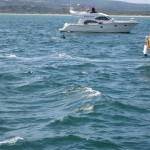 Dave will also feature in the fourth episode of Britain’s Secret Seas, The Bustling South, on 29 May at 8pm on BBC2.
Dave will also feature in the fourth episode of Britain’s Secret Seas, The Bustling South, on 29 May at 8pm on BBC2.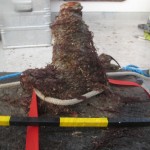 After conservation, finds from the Wreck and all the information from the excavation will be passed on to
After conservation, finds from the Wreck and all the information from the excavation will be passed on to 










 On Christmas Day in the Morning…
On Christmas Day in the Morning… New Nepal scoping review on maternal & neonatal health
New Nepal scoping review on maternal & neonatal health Fourth INRC Symposium: From Clinical Applications to Neuro-Inspired Computation
Fourth INRC Symposium: From Clinical Applications to Neuro-Inspired Computation Writing policy briefs
Writing policy briefs ECR Funding Open Call: Research Culture & Community Grant – Application Deadline Friday 12 December
ECR Funding Open Call: Research Culture & Community Grant – Application Deadline Friday 12 December MSCA Postdoctoral Fellowships 2025 Call
MSCA Postdoctoral Fellowships 2025 Call ERC Advanced Grant 2025 Webinar
ERC Advanced Grant 2025 Webinar Horizon Europe Work Programme 2025 Published
Horizon Europe Work Programme 2025 Published Horizon Europe 2025 Work Programme pre-Published
Horizon Europe 2025 Work Programme pre-Published Update on UKRO services
Update on UKRO services European research project exploring use of ‘virtual twins’ to better manage metabolic associated fatty liver disease
European research project exploring use of ‘virtual twins’ to better manage metabolic associated fatty liver disease